After the tear gas and riots at the US-Mexico border, attitudes to immigration have become even more entrenched on both sides of political Washington. A solution to the impasse does not appear to be in sight.
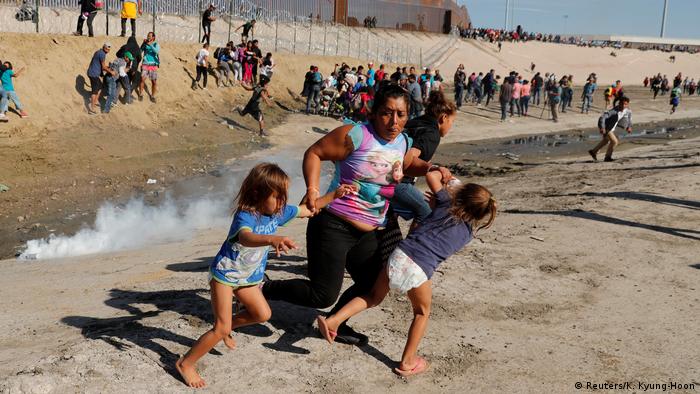
How should the US deal with migrants and asylum-seekers? The heated debate intensified after US troops fired tear gas at migrants who rushed the fence at the US-Mexico border.
The issue of immigration has roiled the Washington establishment, but even after the violence, no consensus looks emergent. In fact, both sides are using the optics to dig in.
“People are using the chaos at the border as justification for all of the policies they previously supported,” Alex Nowratseh, senior immigration policy analyst at the CATO Institute, told DW. “Everything that happens along the border just reinforces whatever political and policy views people already had.”
The fight had come to Washington long before the bulk of the “caravan” of thousands of Central American migrants reached the border with Mexico.
“For people on the political right, there’s this sense and belief that there is a genuine threat coming in the form of this migrant caravan,” Scott Anderson, the David M. Rubenstein Fellow for Governance Studies at the Brookings Institute, told DW. “You see a lot of rhetoric about this being an invasion of the country.” From the political left, he said, comes concern and criticism about the administration’s method of handling the crisis, and a sense that the US is pushing the legal line of what the military can do.
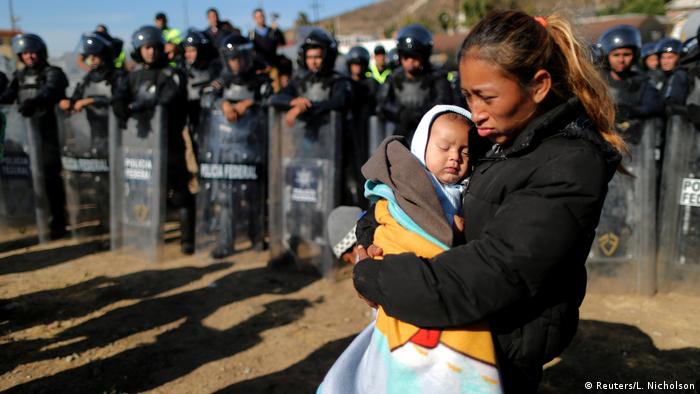
Rosa Villa and her five-month-old son from Honduras are pushed back from the border
An ongoing question
Washington has been deadlocked over the question of immigration reform for years. As the number of legal ways for migrants to cross into the US goes down, tension between the two sides of this debate ratchets up.
“The mood is fairly grim on the issue of immigration,” Matt Dallek, professor at George Washington University, told DW. “There’s little hope for substantial progress.”
US President Donald Trump is now holding up an appropriations bill, demanding funding for his long-touted border wall with Mexico, sending the government careening toward a shutdown.
Immigration reform, as Dallek points out, is one of Trump’s signature issues. It riles up his base, and he is loathe to undercut that support, Dallek said. “It’s hard to see how he’s going to give in or compromise enough to get the Democrats on board on the issue,” he said. It’s also an issue that’s deeply entrenched in the US electorate on both sides.
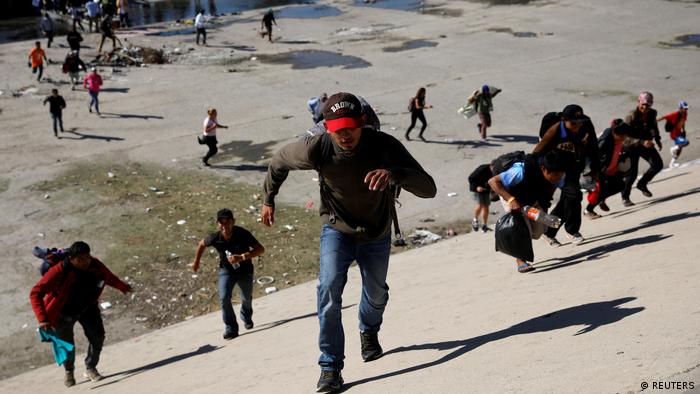
Migrants run across the Tijuana river to reach the border wall between the US and Mexico
“I think if anything, partisans are going to look at it through their own partisan lens,” said Dallek. “And again, Trump is going to say, ‘Look at all the tough actions I’ve taken to repel the lawlessness at the border.'”
Democrats, meanwhile, will also dig into their view that they are the tolerant, immigrant-friendly party, Dallek told DW, and further inflame the debate, causing gridlock.
The result will be a lot of legal chaos, Alex Nowratseh predicts. Congress comes back into session in early January, with a new crop of legislators in both houses, but “there’s just no way that there will be some kind of solution to this problem.”
Plus, he says, a House of Representatives now with the Democrats in the majority will likely end up investigating “every immigration action the president has taken since taking office in 2017.”

No longer first choice
In a migrant shelter in the southern Mexican city of Tenosique, near the Guatemalan border, a refugee from Honduras says he originally planned to move to the United States with his family. Trump’s election has changed everything. “I wanted to go to the United States with my family, but we’ve seen that the new government there has made things harder.”
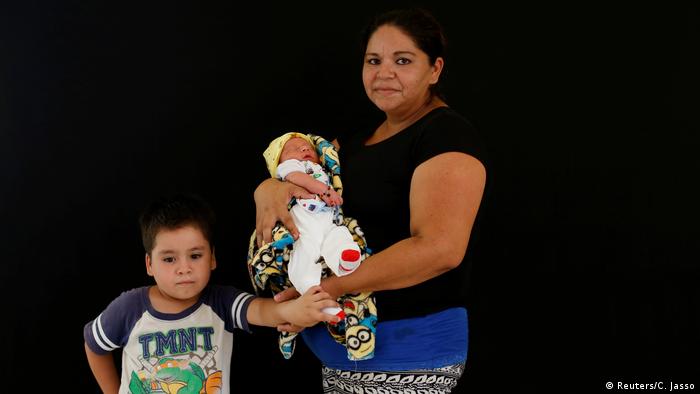
Lingering in Mexico
Concepcion Bautista from Guatemala cradles her newborn son in the same migrant shelter. She says she plans to head for the United States, but will linger in Mexico to see how US President Donald Trump’s immigration policies play out. Her goal is to reunite with her family up north…
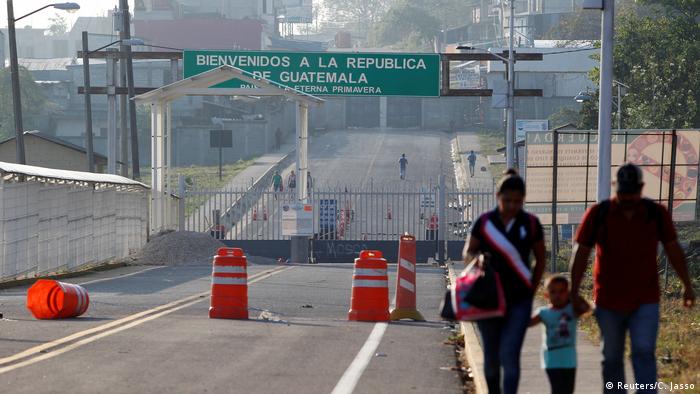
A mere transit country?
…but for the time being, she believes applying for asylum in Mexico is a smarter move. Mexican asylum data and testimony from migrants in Tenosique suggest that although fewer Central Americans are trying to enter the US, plenty are still fleeing their poor, violent home countries, with many deciding to stay longer in Mexico, which has traditionally been a transit country.
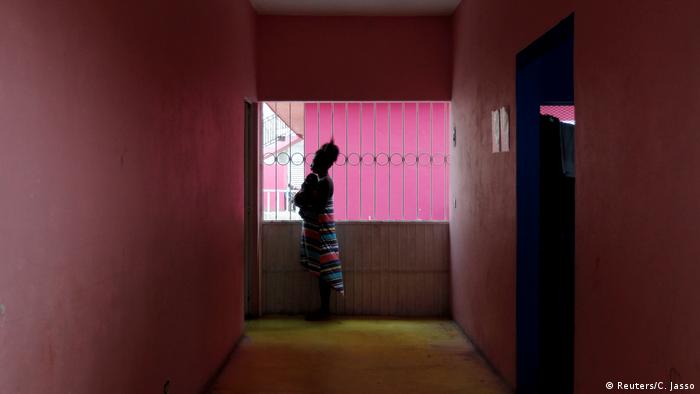
Tough immigration policies
The Trump administration has pointed out a sharp decline in immigrant detentions in the first few months of this year as a vindication for the president’s tough immigration policies. The measures are already having another effect. In California, where farmers usually rely on workers from Mexico to bring in the harvest, many Mexicans are staying away, preferring to find work in their own country.
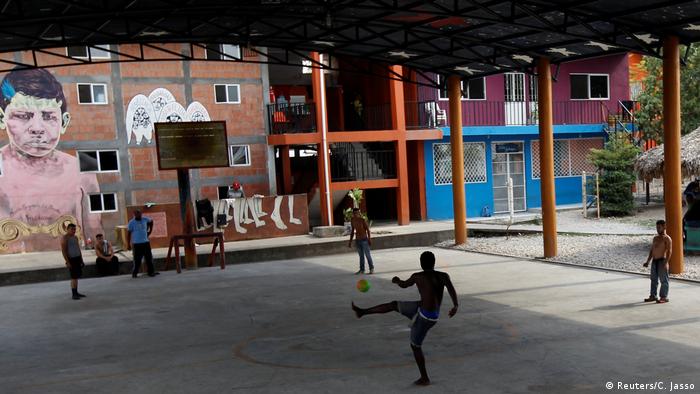
Asylum applications on the rise
Migrants from Central America play football in the migrant shelter in Tenosique. The number of people applying for asylum in Mexico has soared by more than 150 percent since Trump was elected president. These days, Mexican immigrants would rather set up in Canada than the United States.
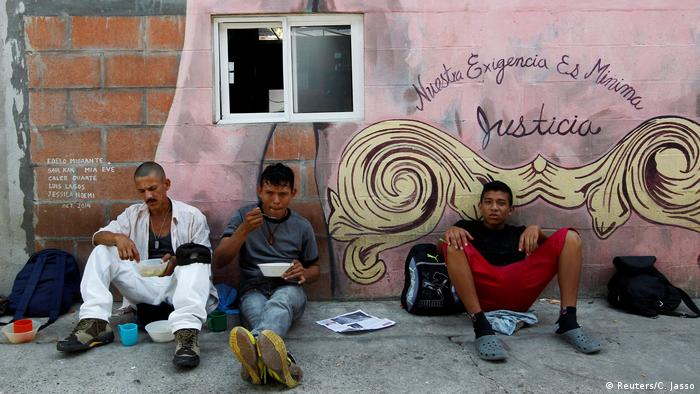
Human smugglers up the price
One man from Guatemala says the prices charged by people smugglers have risen sharply since Trump took office, now hovering around $10,000 (9,100 euros), up from about $6,000 a few years ago. Migrants sit below a mural in Mexico with the words: “Our demand is minimal: justice.”
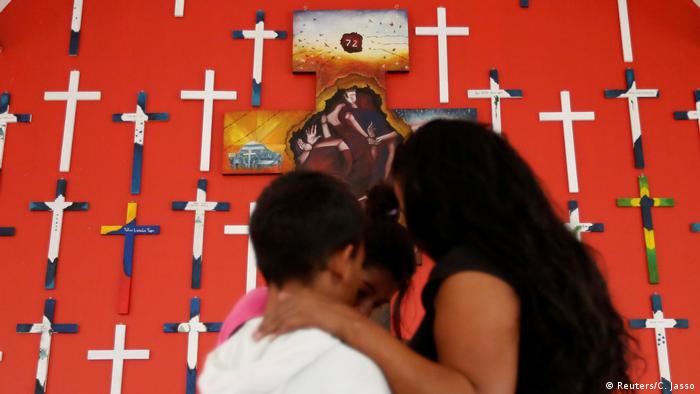
A new home
With Mexico’s immigration authorities controlling migration more assiduously, Central Americans were forced to take more isolated, dangerous routes where the chances of being mugged were higher. “We’ve gone north several times, but every time it’s got harder,” says one man, who was deported from the United States in December. “Now, it’s better if we travel alone, along new routes.”
[Disclaimer]








